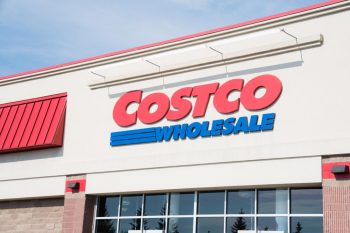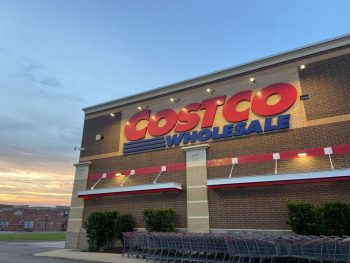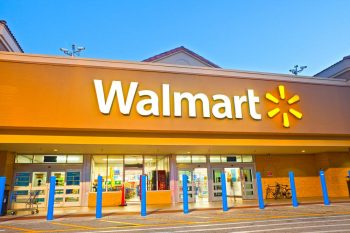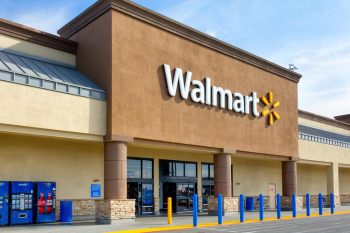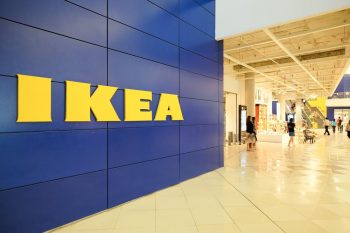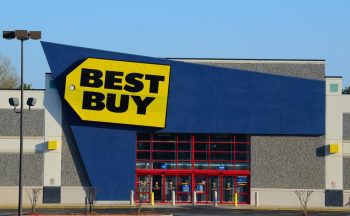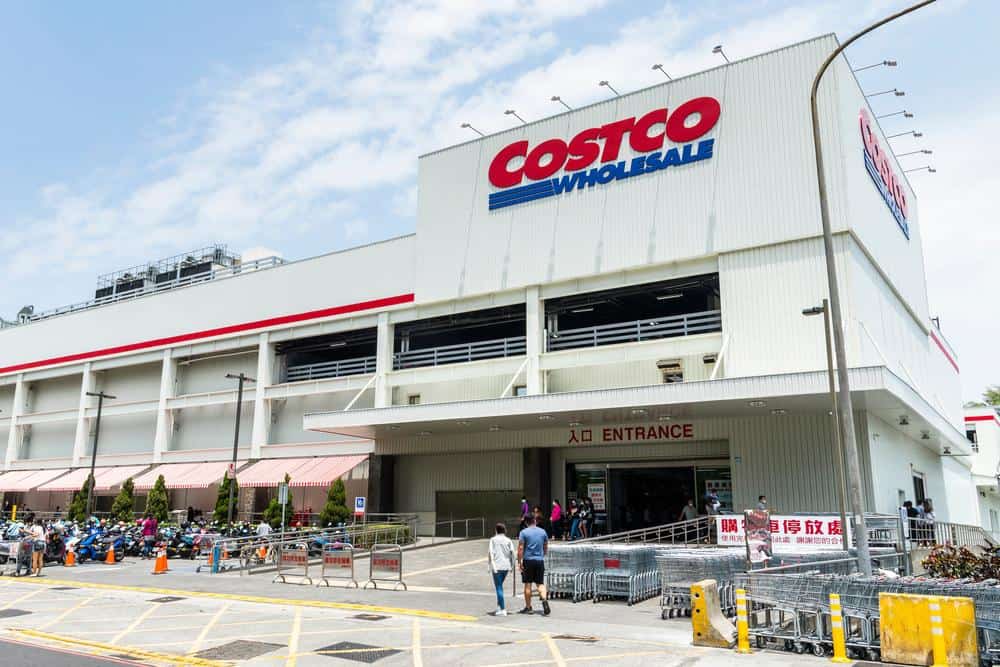
Costco Wholesale Corporation, an American multinational corporation that operates a chain of membership-only big-box retail stores, has a unique organizational structure that has contributed to its success. This article will delve into the details of Costco’s organizational structure, its evolution, key positions, decision-making process, and how it compares to other retail giants.
Costco’s organizational structure is a matrix structure that combines functional and divisional aspects. The primary feature is functional grouping, with departments such as Human Resources, Operations, Finance, and Merchandising. The secondary feature is geographic divisions, reflecting Costco’s presence in the United States and globally. This structure supports a decentralized approach to management, allowing for swift decision-making and adaptability to local market conditions.
What is Costco’s Organizational Structure?
Costco employs a matrix organizational structure, which combines functional and divisional aspects. The primary feature of this structure is functional grouping, while geographic divisions serve as a secondary feature.
Functional Grouping
Functional groups at Costco are led by executives or senior vice presidents and cover crucial areas such as:
- Human Resources and Risk Management
- Operations
- Costco Wholesale Industries & Business Development
- Finance
- Foods & Sundries Merchandising
- Merchandising – Fresh Foods
- Construction
- Information Systems
- Legal
- Accounting
- E-Commerce and Publishing
- Depot Operations
These functional groups allow Costco to maintain organization-wide control and implement new policies and strategies across all geographic divisions effectively.
Geographic Divisions
Geographic divisions reflect Costco’s substantial presence in the United States and its expanding global operations. In the U.S., divisions include Northeastern, Southeastern, Midwestern, South-Central, Northwestern, and Southwestern. Internationally, divisions cover regions such as Eastern Canada, Western Canada, the United Kingdom, Australia, Japan, Taiwan, Mexico, and Korea.
These divisions allow Costco to adapt to regional market conditions effectively and operate efficiently at both functional and regional levels.
Key Positions in Costco’s Organizational Hierarchy
Costco’s organizational hierarchy is populated by several key positions, each with its own set of responsibilities. These include:
- W. Craig Jelinek – CEO
- Richard A. Galanti – Executive Vice President and Chief Financial Officer
- Patrick J. Callans – Executive Vice President, Administration
- Timothy L. Rose – Executive Vice President, COO – Merchandising
- James Klauer – Executive Vice President, COO – Northern Division
- Caton Frates – Executive Vice President, COO – Southwest Division
- John Sullivan – Executive Vice President, General Counsel & Corporate Secretary
These individuals guide the overall strategic direction and operational excellence of the company, manage the company’s financial affairs, and oversee specific areas of the business, such as merchandising, operations, and regional divisions.
Decision-Making Process in Costco’s Organizational Structure
Costco’s matrix structure supports a decentralized approach to management, decision-making, and autonomy. This structure allows lower-level managers to make swift decisions that align with the company’s overarching strategies, fostering an environment of initiative, innovation, and local decision-making.
How Does Costco’s Organizational Structure Compare to Other Retail Giants?
Compared to competitor Walmart, for example, Costco takes a more decentralized approach to management, decision-making, and autonomy. This allows the company’s stores and divisions to more flexibly respond to local market conditions, enhancing staff morale and encouraging innovation.
The Impact of Costco’s Organizational Structure on Its Performance and Customer Service
Costco’s organizational structure and culture significantly impact its performance and customer service. The functional grouping and geographic divisions enable effective management of operations in different markets, while the organizational culture promotes employee excellence in service, leading to high customer satisfaction.
In conclusion, Costco’s matrix organizational structure, which combines functional and divisional aspects, and its decentralized approach to management effectively support its business operations and strategy. This structure allows Costco to be more flexible and adaptable in responding to local market conditions and fosters a culture of innovation and employee empowerment.
Frequently Asked Questions
What is the role of the CEO in Costco’s organizational structure?
The CEO, currently W. Craig Jelinek, is the highest-ranking executive in Costco’s organizational structure. He is responsible for the overall strategic direction of the company, making major corporate decisions, and managing the overall operations and resources of Costco.
How does Costco’s matrix organizational structure contribute to its success?
Costco’s matrix organizational structure allows it to maintain organization-wide control while effectively implementing new policies and strategies across all geographic divisions. It also supports a decentralized approach to management, fostering an environment of initiative, innovation, and local decision-making.
What is the importance of geographic divisions in Costco’s structure?
The geographic divisions in Costco’s structure allow the company to adapt effectively to regional market conditions. This means they can tailor their operations, products, and services to meet the specific needs and preferences of customers in different regions, thereby operating efficiently on a global scale.
How does Costco’s organizational structure affect its customer service?
Costco’s organizational structure significantly impacts its customer service. The functional grouping and geographic divisions enable effective management of operations in different markets. Moreover, the organizational culture promotes employee excellence in service, leading to high customer satisfaction.
How does Costco’s organizational structure compare to Walmart’s?
Compared to Walmart, Costco takes a more decentralized approach to management, decision-making, and autonomy. This allows the company’s stores and divisions to more flexibly respond to local market conditions, enhancing staff morale and encouraging innovation.





